When it comes to off-roading, there is a lot more to think about than just the size of your car. One of the things that you have to consider before heading out into muddy or sandy terrain is what type of tires you are going to be using.
Fortunately, there are plenty of websites and blogs online that can help you find the right tire for your needs. In this blog post we will be looking into the advantages and disadvantages between 325 60r20 and 35×12 50r20 Tire Size.
325 60r20 | 35x12 50r20 |
Overall Diameter 35. | Overall Diameter 35.02 inches |
Width 12.8 inches | Width 12.52 inche |
Sidewall Height 7.68 inches | Sidewall Height 7.51 inches |
Radial Tire (A Radial-Ply Tire) | Radial Tire (A Radial-Ply Tire) |
Rim Size 20 inches |
Rim Size 20 inches |
Circumference 111. | Circumference 110.03 inches |
Revs Per Mile 570 | Revs Per Mile 575 |
325 60r20 is a tire size that is typically used on SUVs and trucks. This size offers a good balance of traction and stability. The 325 designation means that the tire is 325 millimeters wide.
The 60 refers to the aspect ratio, which is the height of the sidewall. The r in the size means that the tire is a radial tire. The 20 is the d rim size in inches, and the letter R indicates the tire’s construction, which is radial.
35×12 50r20 is a tire size that is typically used on lifted trucks and off-road vehicles. This size offers more traction than the 325 60r20, but it is not as stable. The first number 35 means the diameter of this tire is 35 inches.
The first number 35 means the diameter of this tire is 35 inches.
The second number 12.5 means the section wide of this tire which is 12.5 inches. R indicates the construction of the tire, which is radial, and this tire will fit in the 20 inches rim size.
Tire Diameter
One of the most significant differences between these two sizes is the diameter. The 325 60r20 has a diameter of 35.35 inches while the 35×12 50r20 has a diameter of 35 inches. This means that the 325 60r20 will be larger and may not fit on certain vehicles. The difference between them is 0.35 inches or 0.9%.
You will need to make sure that your vehicle can accommodate this larger size before purchasing these tires. The larger diameter means that it will have a higher rolling resistance.
Section Width
The section width of the 325 60r20 is 12.8 inches while the 35×12 50r20 is 12.52 inches. This means that the 325 60r20 is wider than the 35×12 50r20. The difference between them is 0. 28 inches or about 2.2%. This can affect the way your vehicle handles.
28 inches or about 2.2%. This can affect the way your vehicle handles.
Circumference
Another difference between these two sizes is the circumference. The circumference of the 325 60r20 is 111.07 inches while the 35×12 50r20 is 110.03 inches. This means that the 325 60r20 is about 1.04 inches longer than the 35×12 50r20.
This can affect the speedometer of your vehicle and how it measures distance. Suppose you are going to be doing a lot of highway driving. In that case, you may want to consider the 35×12 50r20 so that your speedometer is more accurate.
Revolutions Per Mile
The last difference between these two sizes is the revolutions per mile. The 325 60r20 has revolutions per mile of 570 while the 35×12 50r20 has revolutions per mile of 575. This means that the 325 60r20 will rotate about nine times for every mile that you drive.
This can affect your fuel economy because it takes more energy to rotate a larger tire. If you are looking to save money on gas, you may want to consider the 35×12 50r20.
Sidewall Height
The sidewall height of the 325 60r20 is 7.68 inches while the 35×12 50r20 is 7.51 inches. This means that the 325 60r20 is about 0.17 inches or 2.2% taller than the 35×12 50r20. This can affect how your vehicle handles and the amount of ground clearance you have.
If you are looking for a tire that offers more stability, the 325 60r20 may be better. If you are looking for a tire that provides more traction, the 35×12 50r20 may be better.report this ad
Wheel Size
Both the 325 60r20 and the 35×12 50r20 have a wheel size of 20 inches. This is the most common size for SUVs and trucks. If you are looking for a tire that will fit on a 20-inch wheel, either of these sizes will work.
Construction Type
Both the 325 60r20 and the 35×12 50r20 are radial tires. This means that they have steel belts that run radially across the tire. Radial tires are the most common type of tire on the market, and they offer a smooth ride.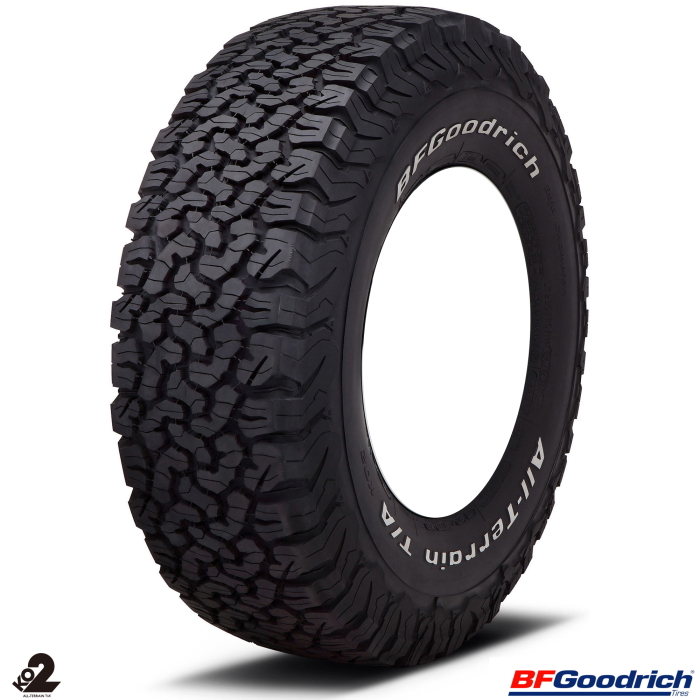
Our Observation
The main difference between 325 60r20 and 35×12 50r20 tire sizes is section width. The 325 60r20 is wider than the 35×12 50r20 by 0.28 inches or about two and a half percent. This can affect the way your vehicle handles. If you are looking to save money on gas, you may want to consider the 35×12 50r20.
Conclusion
Both of these sizes have their pros and cons, so it is essential to weigh all of the factors before deciding. We hope you found this blog post helpful. If you have any questions, please feel free to contact us. We would be happy to help you choose the right tire size for your vehicle. Thank you for reading! Have a great day!
Related Article
Let’s say you’ve got a truck and you want to get some new tires. You want to keep your vehicle running smoothly, but you also don’t want to spend a fortune on new tires.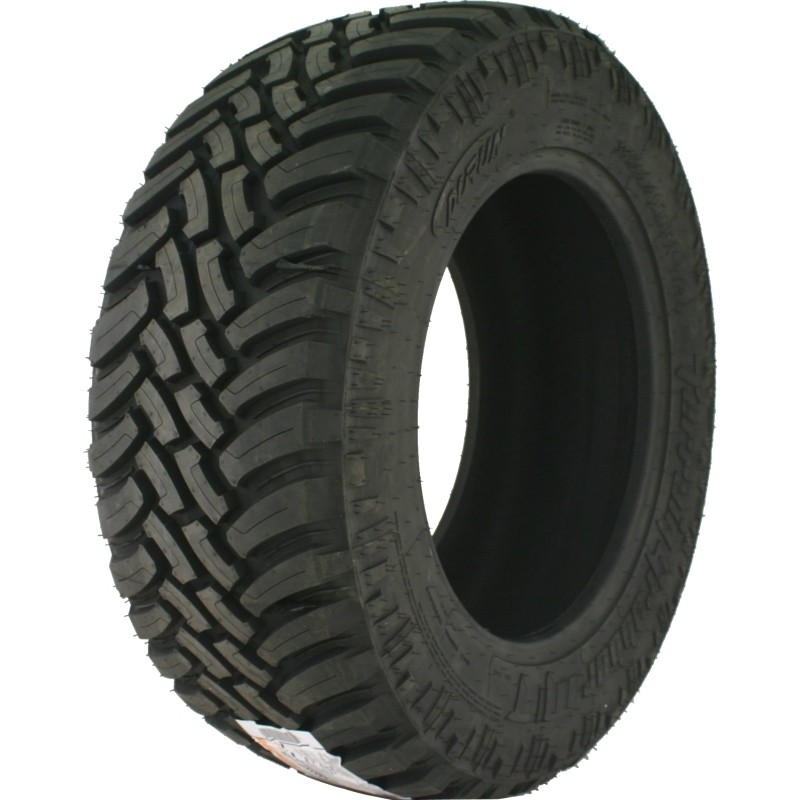
You see a sale on some used 35/12.5r20 tires and figure that you’ll just swap them out for your current 325/60r20 tires simply because they’re so similar. But are they interchangeable?
Now, if you’re worried, let us put your mind at ease by comparing 325/60r20 vs 35/12.5r20 (315/60r20) tires. Up ahead, we’ll go over the changes in other crucial parameters to give you a well-rounded idea of what to expect.
Contents
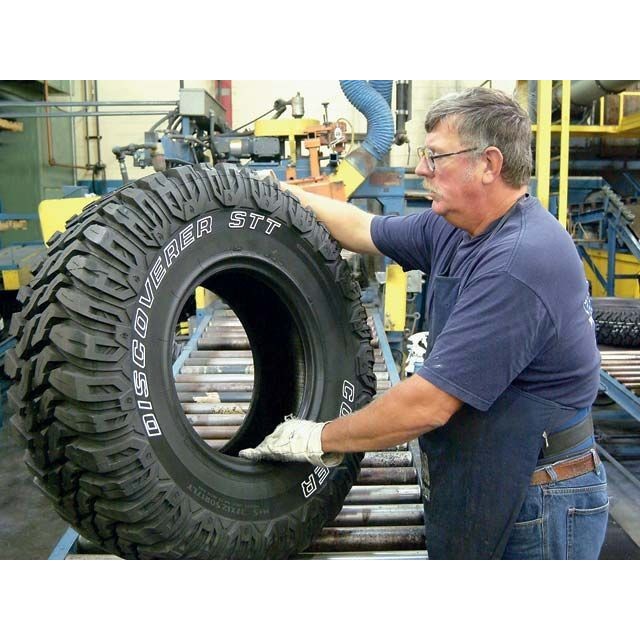 5r20
5r20The table below shows how the 10 mm section Width difference impact other parameters between 325/60r20 and 35/12.5r20 tire sizes.
| 325/60r20 Tire | Type | 35/12.5r20 Tire |
| 35.35 Inches or 898 mm | Diameter difference -0.33 (-8.4) -0.9% inches (mm) | 35.02 Inches or 889.6 mm |
| 12.8 Inches or 325 mm | Width difference -0.28 (-7) -2.2% inches (mm) | 12.52 Inches or 318 mm |
| 111.07 Inches or 2821.15 mm | Circumference difference -1.04 (-26.39) -0.9% inches (mm) | 110.03 Inches or 2794.76 mm |
| 7.68 Inches or 195 mm | Sidewall Height difference -0.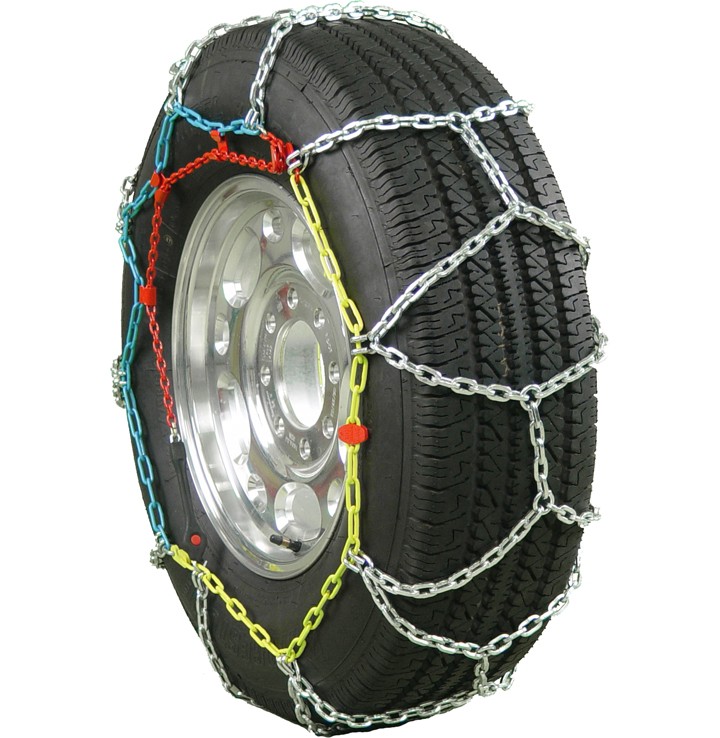 17 (-4.2) -2.2% inches (mm) 17 (-4.2) -2.2% inches (mm) | 7.51 Inches or 190.8 mm |
| 570.46 RPM or 354.46 KM | Revolutions per mile difference 5.39 (3.35) 0.9% (km) | 575.84 RPM or 357.81 KM |
The above comparison chart clearly shows the 0.9% change in diameter between the two tires, less than the required 3% to permit interchangeability between 325/60r20 and 35/12.5r20 tires.
Moreover, their difference in circumference is far from exceeding the maximum allowed difference of 2.5%, thereby increasing the interchangeability of the tires.
The same can be said for width, which barely goes below 2.5%. In addition, the 2.2% decrease in sidewall height remains safely under the allowed 3% range, indicating that the tires can be switched without risk.
And besides these almost-on-par differences in percentages, the 35/12.5r20 tire offers more revolutions per mile due to its smaller overall size than the 325/60r20 tire, increasing fuel economy.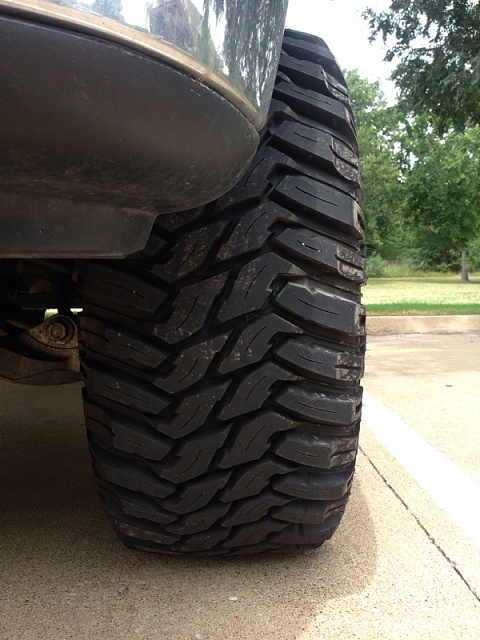
There are four parts to the tire size 325/60r20, and each part bears a certain meaning. Before you decide to interchange or replace the tires, you must learn about them. Here is the explanation of each part of the tire size 325/60r20.
Doing the Same for Tire Size 315/60r20.
By now you’ve learned the basics of using two tires interchangeably, now let’s see implementing the theory in a real example.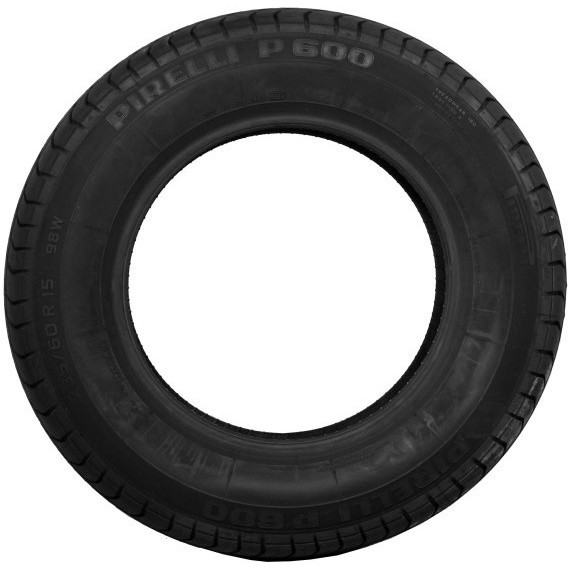 Below, we have compared 325/60r20 and 35/12.5r20 (315/60r20) tires in terms of width, aspect ratio, construction materials, and rim diameter.
Below, we have compared 325/60r20 and 35/12.5r20 (315/60r20) tires in terms of width, aspect ratio, construction materials, and rim diameter.
If you measure from one sidewall to the other sidewall of a tire, you will get the width. It is expressed in millimeters. You can instantly learn the Width of a tire just by looking at the tire size index.
The first three digits of a tire size index indicate the Width of that tire. As you can see, the first three digits of 325/60r20 are 325. It means the width of that tire is 325 millimeters.
Likewise, the three-digit number of 35/12.5r20 (315/60r20) is 315. It means the Width of that tire is 315 millimeters. So the difference in Width is 315 – 325 = -10 millimeters.
Now, if you switch to the tire size which is 0 millimeters more or less in Width, it shouldn’t be a problem.
But you cannot switch tire size depending on Width only. You must consider the Sidewall Height as well. The Sidewall Height depends on Width and Aspect Ratio.
As you can see, there is no difference between the Aspect Ratio of the two tire sizes. Both tires have an Aspect Ratio of 60%.
But due to the difference in Width, the sidewall heights can be dissimilar.
Let’s start with the simple question first: what is the Aspect Ratio? And its relation with other measurements.
Aspect Ratio is the ratio of the sidewall from wheel to tread and the width. This measurement is usually represented in a percentage.
In our example, 325/60r20 Tire size has a width of 325 with an aspect ratio of 60%. So the sidewall height will be 325 x 0.60 or 7.7 inches or 195 mm. You can get the number by simply putting the value on the equation.
Equation: Height of a Sidewall = Aspect Ratio of Tire x Width.
On the other hand, the Sidewall Height of 315/60r20 is 7.5 inches.
As you can see, the sidewall heights of the two tires are very close and they could be interchangeable.
Check out the comparison table down below to learn the exact data and make your decision.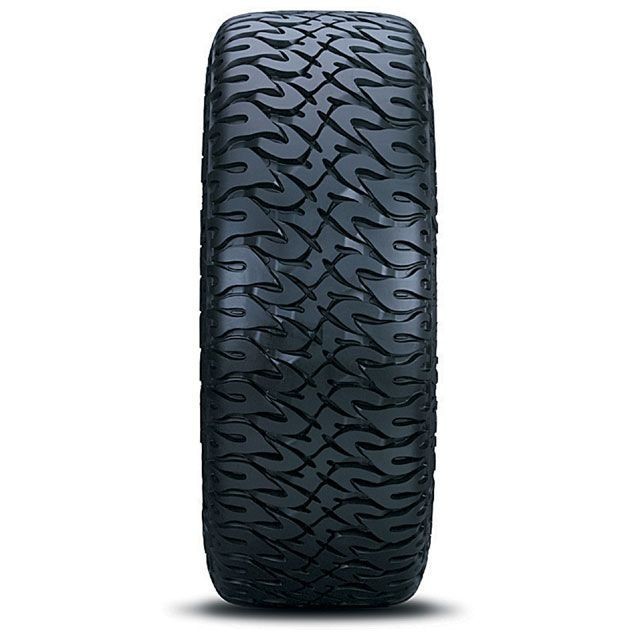
The tire size index informs you about the Construction Type of a tire. It is expressed by a letter in the tire size index.
Both 325/60r20 and 35/12.5r20 (315/60r20) have the same letter ‘R’. So, both the tires have Radial Construction in terms of construction type.
Such tires have a sophisticated construction with square footprints on the top. The Radial tires are ideal for driving on-road.
They are resistant to heat and water. They are next-gen tires and can provide excellent fuel efficiency.
Another famous construction type is Bias Ply. They are also known as Cross-ply. It is expressed by the letter ‘B’ in a tire size index. This type is great for driving off-road.
To know which tire size fits your vehicle, you must know the wheel rim size of your vehicle as well as the Rim Diameter of a tire.
For instance, if your vehicle has a 16-inch wheel rim, you can use the tire which has a 16-inch Rim Diameter.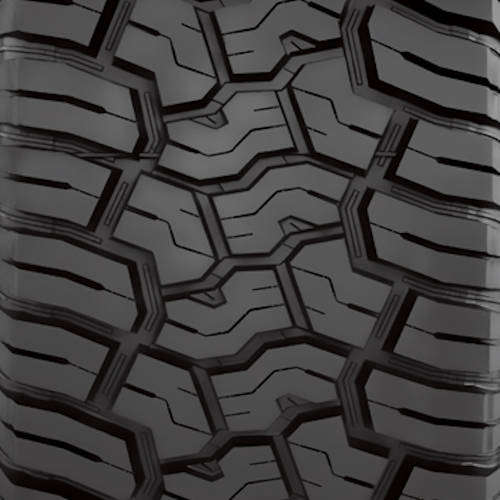
By looking at a tire size index, you can learn instantly the Rim Diameter of a tire. The last two digits of a tire size index indicate the Rim Diameter. It is measured in inches.
As you can see, the Rim Diameter of 325/60r20 is 20 inches. Similarly, the Rim Diameter of 35/12.5r20 (315/60r20) is 20 inches.
It means that if your vehicle has a 20-inch wheel rim, you can use both tire sizes. But make sure to use the same size tires for all the wheels.
The answer may surprise you—yes, technically speaking, you could swap these tires out for each other.
The relative measurement changes clearly show that replacing a 325/60r20 tire with a 35/12.5r20 is pretty much a possibility since the crucial percentages are not that far apart.
These slight changes in percentages are less likely to have an alarming impact on speedometer error. Therefore, things should go pretty smoothly, considering the good rule of thumb—try to keep your new tires within 3% of what you have now.
Look at the Table. It shows differences in speedometer reading and the actual speed at any given time when the current Tire Size is 325/60r20 instead of 35/12.5r20 (315/60r20).
| Speedo Reading | Actual Speed |
| 20 mph (32.19 km/h) | 19.81 mph (31.89 km/h) |
| 25 mph (40.23 km/h) | 24.77 mph (39.86 km/h) |
| 30 mph (48.28 km/h) | 29.72 mph (47.83 km/h) |
| 35 mph (56.33 km/h) | 34.67 mph (55.8 km/h) |
| 40 mph (64.37 km/h) | 39.63 mph (63.77 km/h) |
| 45 mph (72.42 km/h) | 44.58 mph (71.74 km/h) |
The table shows the differences in speedometer reading and the actual speed at any given time when the current Tire Size is 35/12.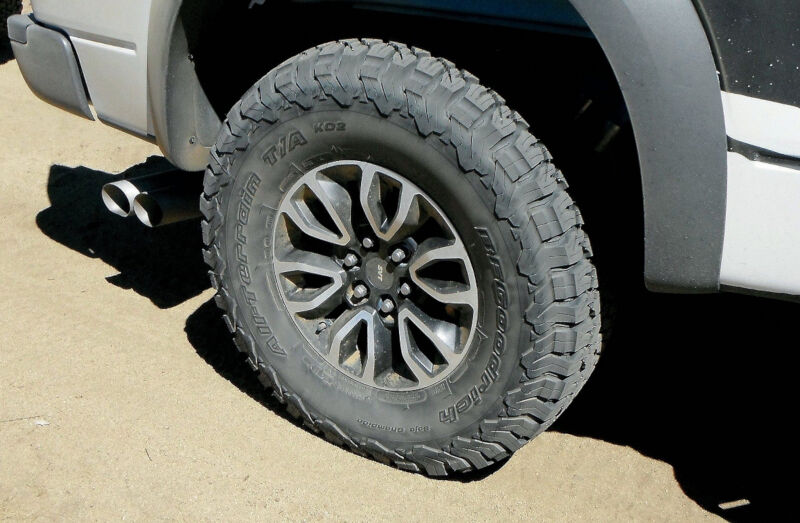 5r20 (315/60r20) instead of 325/60r20.
5r20 (315/60r20) instead of 325/60r20.
| Speedo Reading | Actual Speed |
| 20 mph (32.19 km/h) | 20.19 mph (32.49 km/h) |
| 25 mph (40.23 km/h) | 25.24 mph (40.61 km/h) |
| 30 mph (48.28 km/h) | 30.28 mph (48.74 km/h) |
| 35 mph (56.33 km/h) | 35.33 mph (56.86 km/h) |
| 40 mph (64.37 km/h) | 40.38 mph (64.98 km/h) |
| 45 mph (72.42 km/h) | 45.42 mph (73.1 km/h) |
There are important things to consider Before replacing or swiping the Tires. You cannot simply replace the 325/60r20 tire with the 35/12.5r20 (315/60r20) tire that is in a different shape.
For example, if the aspect ratio of the existing tire is 40%, replacing it with a tire that has an aspect ratio of 45% might not be a good option.
Doing so will have various consequences on the car’s overall performance, such as variations in top speed and speedometer.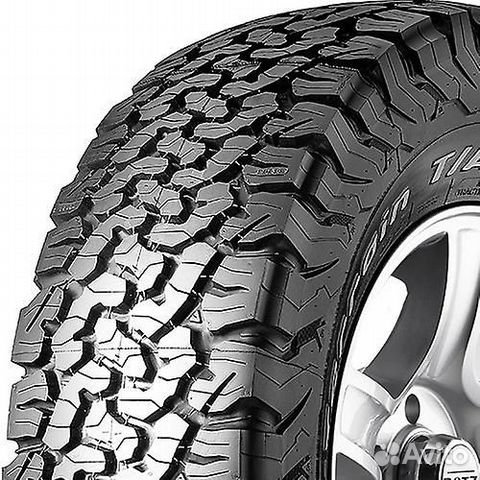
However, you can switch Tires to a certain extent, such as minor changes in the diameter or the sidewall. However, this can only be done in compliance with the manufacturers’ recommendations.
Anyway, when replacing the Tire, the simple guideline to follow is that the current tire’s size, load index, and speed rating should all match with the replacement Tire.
The load index refers to the maximum load-bearing capacity, whereas the speed index refers to the Tire’s maximum allowable speed at a full load. These are very crucial stats to know before you decide to interchange tires.
Index information can be found on the sidewall next to the Tire size number. It is a combination of numbers and letters that bear a particular meaning.
Here is an example of how the index information is usually written on the sidewall: 325/60r20 90A. The 90A stands for load and speed index, with 90 indicating a maximum load-bearing capacity of 600 kg, whereas ‘A’ denotes an allowed speed of up to 170 km/h.
Check the load and speed index. They must be as close as possible to fit precisely. These values change depending on the vehicle’s weight and wheel size. Here is a table that shows various load and speed indexes, so you get the idea.
| Load Index | Kg | Speed Index | Speed Limit |
| 65 | 290 | Q | Up to 160 Km/h |
| 66 | 300 | R | Up to 170 Km/h |
| 67 | 307 | S | Up to 180 Km/h |
| 68 | 315 | T | Up to 190 Km/h |
| 69 | 325 | H | Up to 210 Km/h |
The size of the Tire is another vital piece of information to know to exchange the tires properly. The large number on the sidewall shows the tire size.
For example, the mark 325/60r20 on the sidewall represents the size of the Tire.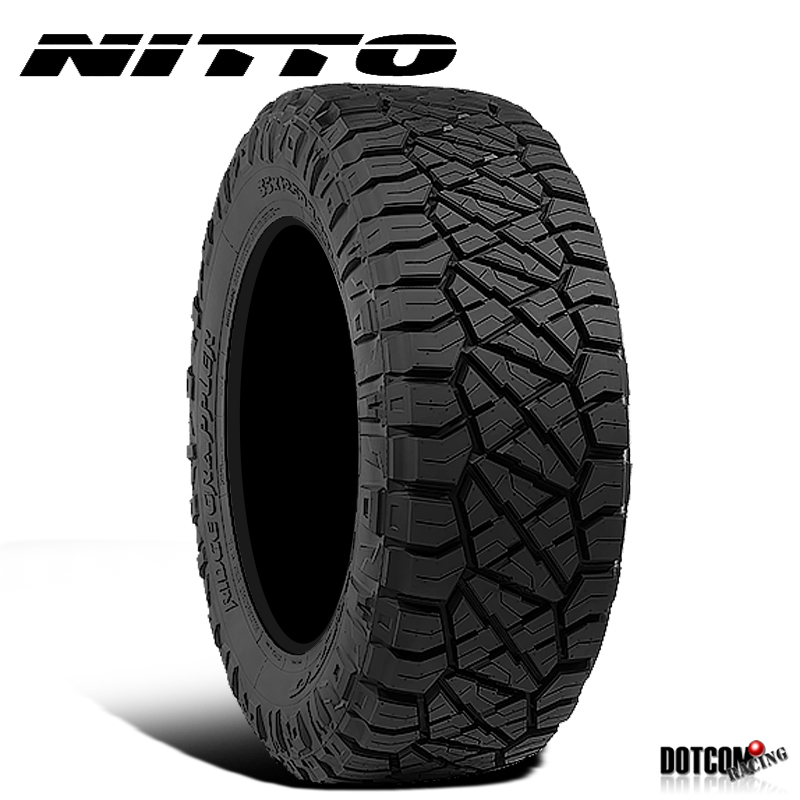 You can also find it in the user manual, on the sidewall, and in other places such as inside the fuel flap or glove compartment.
You can also find it in the user manual, on the sidewall, and in other places such as inside the fuel flap or glove compartment.
325/60r20 tires have a 35.4″ diameter, 12.8″ section width, and 20″ wheel diameter.
The circumference is 111,” and they make 571 revolutions per mile. The Sidewall Height of this Tire is 7.7 inches.
35/12.5r20 (315/60r20) tires have a diameter of 35″, a section width of 12.5″, and a wheel diameter of 20″.
The circumference is 109.9,” and they have 577 revolutions per mile. The Sidewall Height of this Tire is 7.5 inches.
Replacing tires is relatively easy with proper skills, so long as you have the necessary knowledge of tire size to have the required space to replace the tires properly.
If you just need to get around, then the 35/12.5r20 will likely be fine. However, if your truck sees heavy off-road use, the 325/60r20 is probably better. Nonetheless, if the money is an issue and you don’t do much off-road driving, maybe the smaller 35/12.5R20 would do fine.
Nonetheless, if the money is an issue and you don’t do much off-road driving, maybe the smaller 35/12.5R20 would do fine.
Related Posts:
Tires
Rims
Used tires
Sports package selection
Tire calculator
Vehicle selection
How does it work?
| Width | Height | Diameter | ID | IS | Run flat | Brand (manufacturer) | Tire model | Season | Spikes | Applicability | ||
| / | R | 144.555.566.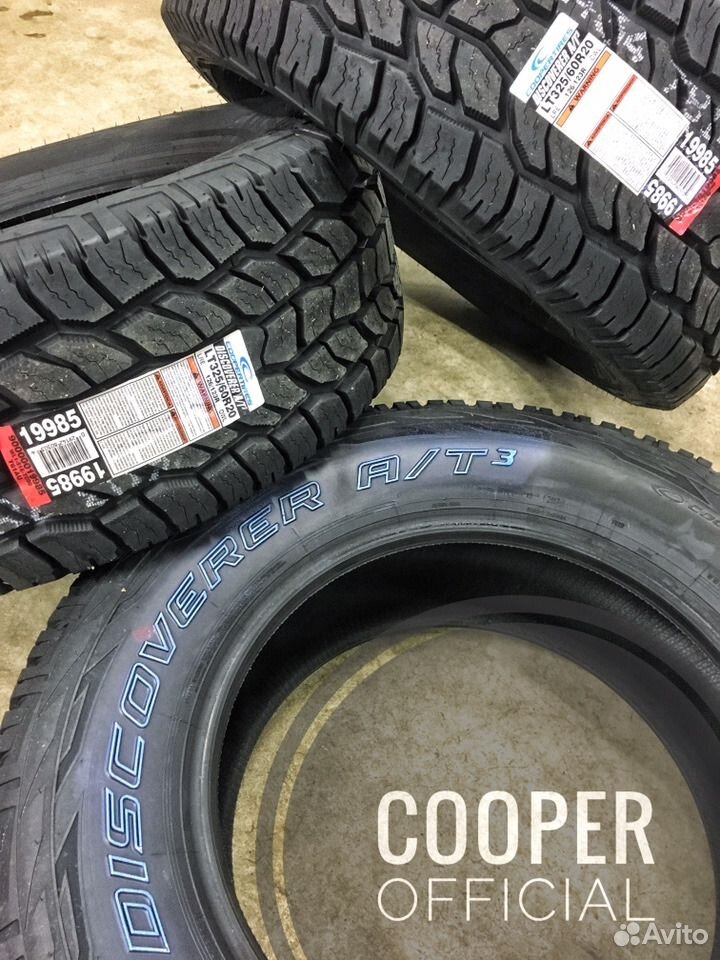 577.5899.59.81010.51111.51212.51313.51414.2514.51515.315.515.771616.116.516.616.91717.517.51181919.519.512020.5212222.422.522.6232424.5252626.52728293030.53132333435363738394042444546484950515254555760636570758085889099100102104112113114115116145155185205215220235245255265275285305340343390400415420430.9440450457460470490500508533 577.5899.59.81010.51111.51212.51313.51414.2514.51515.315.515.771616.116.516.616.91717.517.51181919.519.512020.5212222.422.522.6232424.5252626.52728293030.53132333435363738394042444546484950515254555760636570758085889099100102104112113114115116145155185205215220235245255265275285305340343390400415420430.9440450457460470490500508533 | 853939061063566 | All102Y ()144/133 A2 ()A1 (up to 5 km/h)A2 (up to 10 km/h)A2/A8 ()A2/B ()A2/D ()A3 (up to 15 km/h)A4 (up to 20 km/h)A5 (up to 25 km/h)A6 (up to 30 km/h)A6/A8 ()A7 (up to 35 km/h)A8 (up to 40 km/h)A8/ B ()A8 /, B ()A8/A2 ()A8/A9 ()A8/B ()A8/D ()B (up to 50 km/h)B/A ()B/A2 ()C (up to 60 km/h )D (up to 65 km/h)D/A8 ()D/E ()E (up to 70 km/h)E/A2 ()F (up to 80 km/h)G (up to | All summer winter all season | AllYesNo | All-carmotorSUVlight trucktruckindustrialminibussportagro-agriculturaloffroad (mud) |
Search
Found: 17 Product sorting by: Select the price of increasing sales in decrease
325/60 R20
maxxis
Maxxis MT-762 325/60 R20 118Q
is not in warehouse
325/60 R20
Maxxis
Maxxis AT-771 Bravo 325/60 R20 123S
Out of stock
325/60 R20
Goodyear
Goodyear Wrangler DuraTrac 325/60 R20 Out of stock 12030003
is not at the warehouse
325/60 R20
Yokohama
Yokohama Geelandar A/T-S (G012) 325/60 R20 60R
No in warehouse
325/60 R20
Yokohama 9000 ° Koma, (G012) 325/60 R20 121S
Out of stock
View more products
Most often, 325/60 R20 tires are used on overall cargo or passenger cars.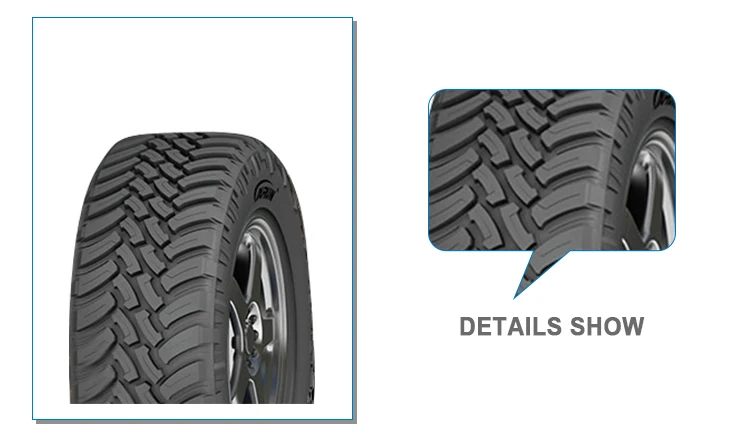 A common set of vehicles on which these tires are used are: passenger minivans, cargo-passenger minivans, microvans, city crossovers, passenger and cargo buses. Most often, those who use crossovers or SUVs want to buy 325/60 R20 tires. This size emphasizes the appearance of the car and provides cross-country ability.
A common set of vehicles on which these tires are used are: passenger minivans, cargo-passenger minivans, microvans, city crossovers, passenger and cargo buses. Most often, those who use crossovers or SUVs want to buy 325/60 R20 tires. This size emphasizes the appearance of the car and provides cross-country ability.
Car owners who want to buy tires 325/60 R20 should consider the following:
